
Sir Thomas Henry Hall Caine, usually known as Hall Caine, was a British novelist, dramatist, short story writer, poet and critic of the late 19th and early 20th century. Caine's popularity during his lifetime was unprecedented. He wrote 15 novels on subjects of adultery, divorce, domestic violence, illegitimacy, infanticide, religious bigotry and women's rights, became an international literary celebrity, and sold a total of ten million books. Caine was the most highly paid novelist of his day. The Eternal City is the first novel to have sold over a million copies worldwide. In addition to his books, Caine is the author of more than a dozen plays and was one of the most commercially successful dramatists of his time; many were West End and Broadway productions. Caine adapted seven of his novels for the stage. He collaborated with leading actors and managers, including Wilson Barrett, Viola Allen, Herbert Beerbohm Tree, Louis Napoleon Parker, Mrs Patrick Campbell, George Alexander, and Arthur Collins. Most of Caine's novels were adapted into silent black and white films. A. E. Coleby's 1923 18,454 feet, nineteen-reel film The Prodigal Son became the longest commercially made British film. Alfred Hitchcock's 1929 film The Manxman, is Hitchcock's last silent film.

Ida Estelle Taylor was an American actress who was the second of world heavyweight champion Jack Dempsey's four wives. With "dark-brown, almost black hair and brown eyes," she was regarded as one of the most beautiful silent film stars of the 1920s.
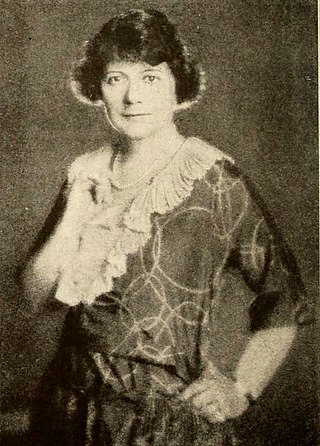
Marion Fairfax was an American screenwriter, playwright, actress, and producer.
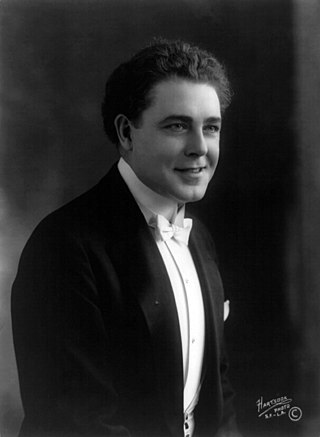
William Farnum was an American actor. He was a star of American silent cinema, and he became one of the highest-paid actors during this time.
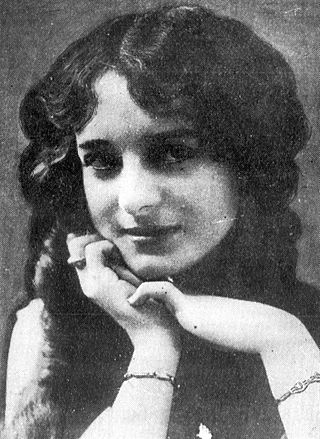
NoraDorothy Bernard was an American actress of the silent era. She appeared in nearly 90 films between 1908 and 1956.

Lule Warrenton was an American actress, director, and producer during the silent film era. She appeared in more than 80 films between 1913 and 1922. She was born in Flint, Michigan and died in Laguna Beach, California and was the mother of cinematographer Gilbert Warrenton.
The Bondman is a 1929 British silent adventure directed by Herbert Wilcox and starring Norman Kerry, Frances Cuyler, and Donald Macardle. It was based on the 1890 novel The Bondman by Hall Caine.
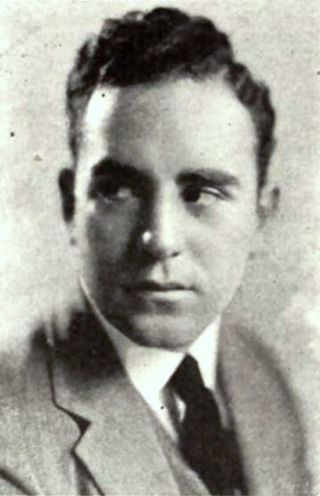
Bernard Joseph Durning was an American silent film director and actor who worked primarily with Lon Chaney, Dustin Farnum, and Buck Jones.

The Motion Picture Herald (MPH) was an American film industry trade paper first published as the Exhibitors Herald in 1915, and MPH from 1931 to December 1972. It was replaced by the QP Herald, which only lasted until May 1973.

Les Misérables is one of many filmed versions of the 1862 Victor Hugo novel of the same name. It is a 1917 American silent film directed by Frank Lloyd, co-written by Lloyd and Marc Robbins, and produced by William Fox, released on December 3, 1917. It starred William Farnum, Hardee Kirkland, and George Moss.

The Bondman is an 1890 best-selling novel by Hall Caine set in the Isle of Man and Iceland. It was the first novel to be released by the newly established Heinemann publishing company. It was a phenomenal success and was later adapted into a successful play and two silent films.

A Man of Sorrow is a lost 1916 American drama film produced and distributed by Fox Film Corporation and starring William Farnum. Oscar Apfel directed and wrote the scenario based on a play, Hoodman Blind, by Wilson Barrett.

Three Who Paid is a 1923 American silent Western film directed by Colin Campbell, and starring Dustin Farnum, with Bessie Love and Frank Campeau. The film was based on the 1922 short story by George Owen Baxter, and was produced and distributed through Fox Film.

A Stage Romance is a 1922 American silent historical drama film directed by Herbert Brenon and starring William Farnum, Peggy Shaw, and Holmes Herbert.
The Christian is a 1915 British silent film directed by George Loane Tucker and starring Derwent Hall Caine and Elizabeth Risdon. The film is an adaptation of Hall Caine's 1897 novel The Christian. This was the third film of the story, the first The Christian (1911) was made in Australia and the second The Christian (1914) was made in the United States. The Christian was made by the London Film company, which was at the time England's most highly regarded producing organisation and whose policy was to film works of the great authors.
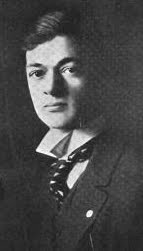
Wray Bartlett Physioc was an American film director, producer and artist. His film The Gulf Between (1917) was the first Technicolor film ever produced.
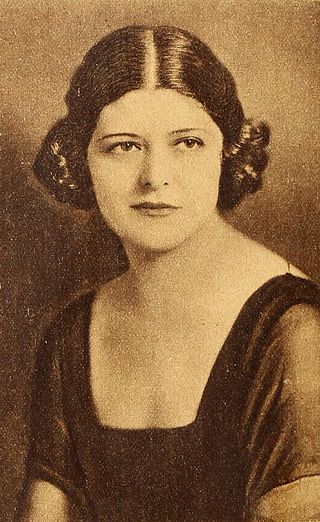
Dorothy Green was an American silent film actress.

Two Mothers is a 1916 American silent short film directed by Lloyd B. Carleton. The film is based on a story by I.A.R. Wylie. Calder Johnstone developed the adaptation for the screen. The drama's features Dorothy Davenport, Alfred Allen and Emory Johnson.

The Devil Within is a 1921 American silent adventure film directed by Bernard J. Durning and starring Dustin Farnum, Virginia Valli and Nigel De Brulier.

Universal City Zoo was a private animal collection in southern California that provided animals for silent-era Universal Pictures adventure films, circus pictures, and animal comedies, and to "serve as a point of interest" for tourists visiting Universal City. The animals were also leased to other studios. The zoo was closed in 1930, after cinema's transition to synchronized sound complicated the existing systems for using trained animals onscreen.


















